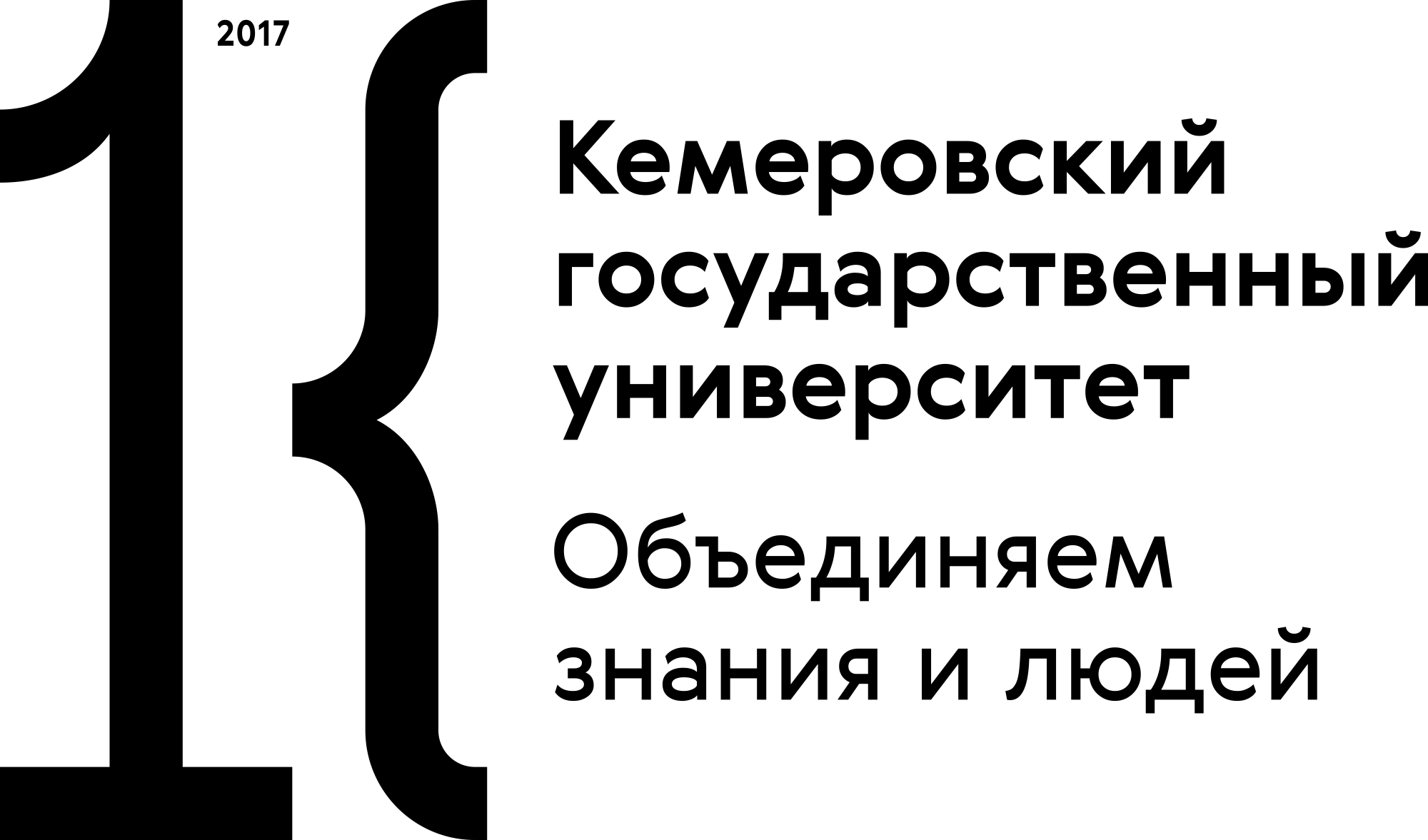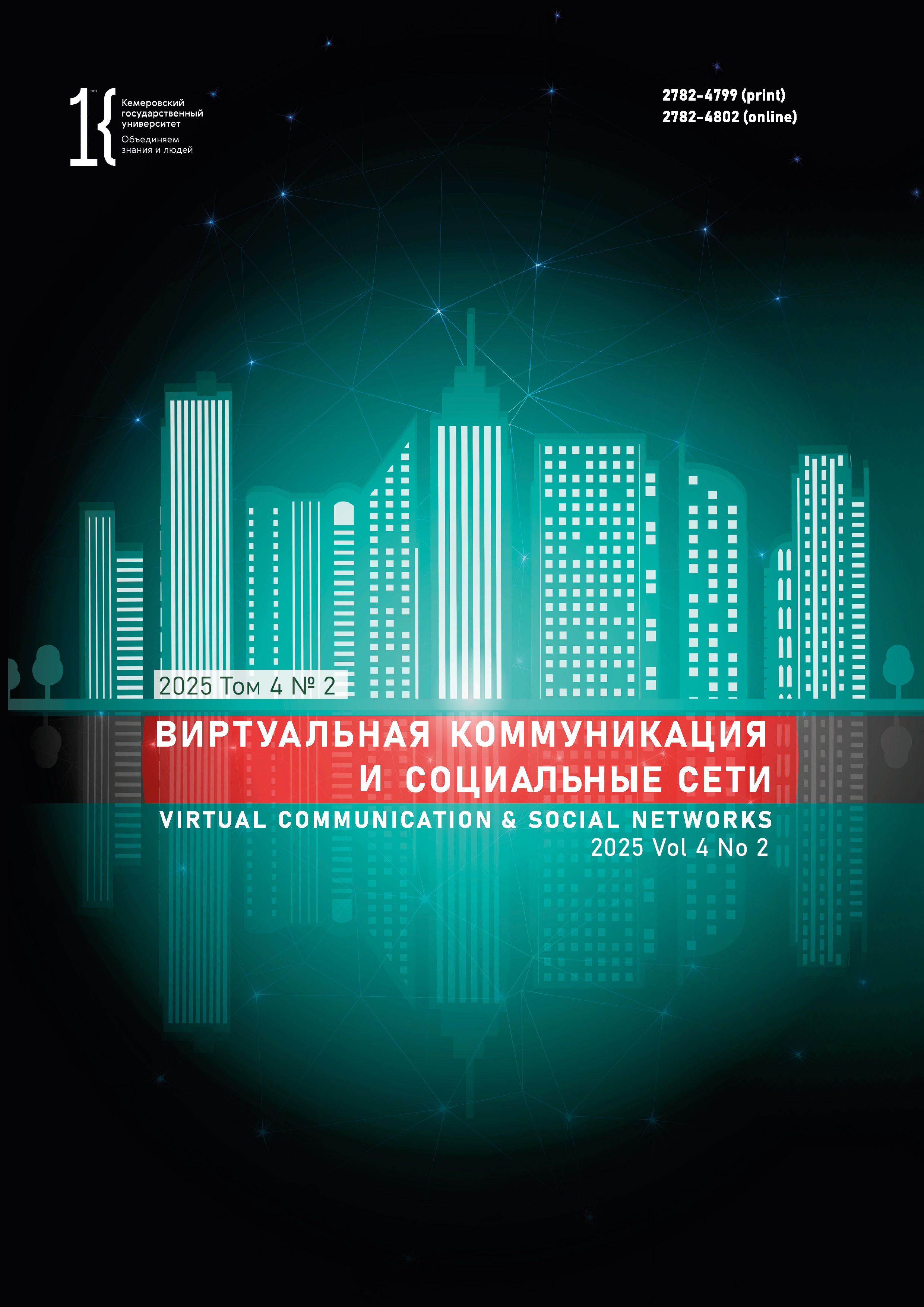Xiamen, China
Xiamen, China
VAK Russia 5.9.9
Posters are complex hybrid texts in which the verbal and the visual work together for a complex effect on the addressee. This article focuses on the metaphorical interactive meaning of symbols and the semantic construction of metaphors that transmit positive political propaganda published in the Poster Z section on the website of the Ministry of Defense of the Russian Federation. The authors studied 119 posters for metaphors to be analyzed for interactive meaning, semantic structural patterns, and their frequency distribution. At the level of interactive meaning, Russian military propaganda posters demonstrate a multimodal mechanism of discourse construction. The posters broadcast a double tension of civil-military relations through a different configuration of framing distances (60% personal distance vs. 30% social distance vs. 10% very close and public distance ). On the one hand, they use a close-up perspective to create an immersive military scene, urging the population to join the army. On the other hand, they form a knowledge barrier through a detached presentation of the military. The vertical perspective is mostly flat (82%), which makes it possible to construct equal civil-military relations. The downward view (13%) and the upward view (5%) shape a dual image of heroization of soldiers and authorization of the state. The horizontal perspective adopts the complementary strategies of side (55%) and front (44%): the former objectively presents the details of military operations while the latter establishes emotional connection through the eye contact, thus forming a complex communication mode of information transmission – emotional mobilization.
poster, multimodal discourse, metaphor, interactive meaning, emotional distance, power relations
1. Aleshinskaya E. V. Multidimensionality of musical discourse and possibilities of its linguistic study. Modern Humanities Success, 2023, (2): 130–136. (In Russ.) https://elibrary.ru/oslvle
2. Bukina A. V. Multimodal interaction in propaganda discourse. Vestnik of Moscow State Linguistic University. Humanities, 2021, (7): 9–19. (In Russ.) https://doi.org/10.52070/2542-2197_2021_7_849_9
3. Igoshina T. S. Metaphor as a means of artistic expression of poster art. Bulletin of the Chelyabinsk State University, 2009, (17): 134–140. (In Russ.) https://elibrary.ru/kvnjxd
4. Kuleshova O. V. Caricature and poster as an art genre during World War II. Bulletin of Cultural Studies, 2020, (4): 150–169. (In Russ.) https://doi.org/10.31249/hoc/2020.04.11
5. Filatova A. G. Linguo creativity and its functional textual potential (based on German political posters). Humanities and Science University Journal, 2022, (68): 196–202. (In Russ.) https://doi.org/10.25807/22225064_2022_68_196
6. Chandler D. Semiotics: The basics. London: Routledge, 2004, 296. https://doi.org/10.4324/9780203014936
7. Chemodurova Z. M. Visual foregrounding in contemporary fiction. Issues of cognitive linguistics, 2021, (2): 5–15. https://doi.org/10.20916/1812-3228-2021-2-5-15
8. Fauconnier G., Turner M. Conceptual integration networks. Cognitive Science, 1998, 22(2): 133–187. https://doi.org/10.1207/s15516709cog2202_1
9. Forceville C. J. Non-verbal and multimodal metaphor in a cognitivist framework: Agendas for research. Multimodal metaphor, eds. Forceville C. J., Urios-Aparisi E. Berlin: Mouton de Gruyter, 2009, 19–42.
10. Hall E. T. The hidden dimension. London: Bodley Head, 1969, 216.
11. Kress G., Van Leeuwen T. Reading images: The grammar of visual design. 3rd ed. London: Routledge, 2020, 310.
12. Lakoff G., Johnson M. Metaphors we live by. Chicago-London: University of Chicago Press, 1980, 241.
13. Li M., Gibbons J., Pham Q. N. Re-exploring writer-reader interaction: Analyzing metadiscourse in EAP student’ infographics. Journal of English for Academic Purposes, 2023, 66. https://doi.org/10.1016/j.jeap.2023.101303
14. Lirola M. M. Multimodal analysis of a sample of political posters in Ireland during and after the Celtic Tiger. Revista Signos, 2016, 49(91): 245–267. http://dx.doi.org/10.4067/S0718-09342016000200005
15. Messaris P. Visual literacy: Image, mind and reality. Boulder: Westview Press, 1994, 224.
16. Pavlina S. Yu. Multimodal texts in visual political communication. Russian Linguistic Bulletin, 2020, (22): 9–11. https://doi.org/10.18454/RULB.2020.22.2.32
17. Richardson J. E., Monica C. Continuity and change in anti-immigrant discourse in Italy: An analysis of the visual propaganda of the Lega Nord. Journal of Language and Politics, 2013, 12(2): 180–202. https://doi.org/10.1075/jlp.12.2.02ric
18. Sun Y., Zhang M., Chen L. "Join the army. Become the power of China: Multimodal metaphors in military recruitment advertising – "The power of China". Review of Cognitive Linguistics, 2021, 19(1): 142–171. https://doi.org/10.1075/rcl.00079.sun
19. Feng Dezheng. Construction of multimodal grammar: Directions of development of the theory of visual grammar. Chinese as a foreign language, 2017, 14(3): 29–36. (In Chin.)
20. Feng Dezheng. Multimodal metaphor and image functions: Rethinking visual grammar. Modern rhetoric, 2014, (5): 24–31. (In Chin.)















